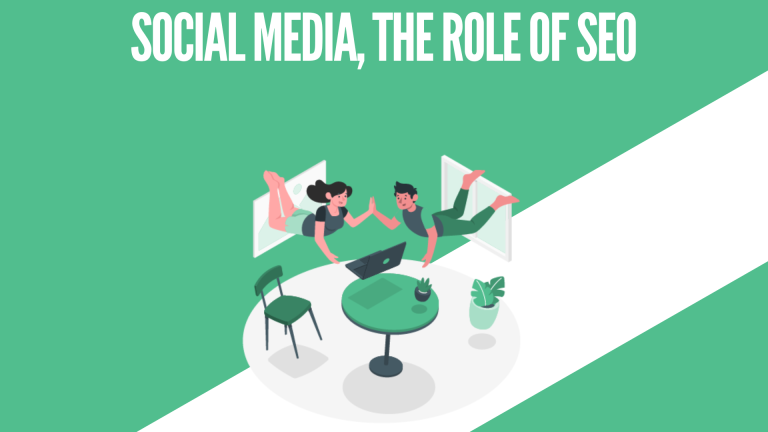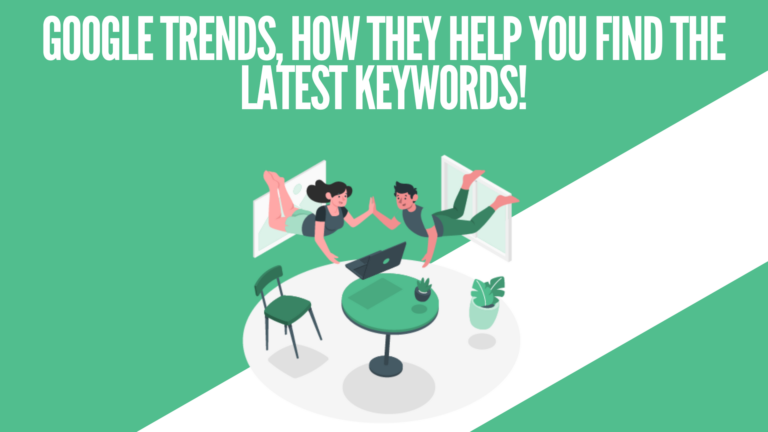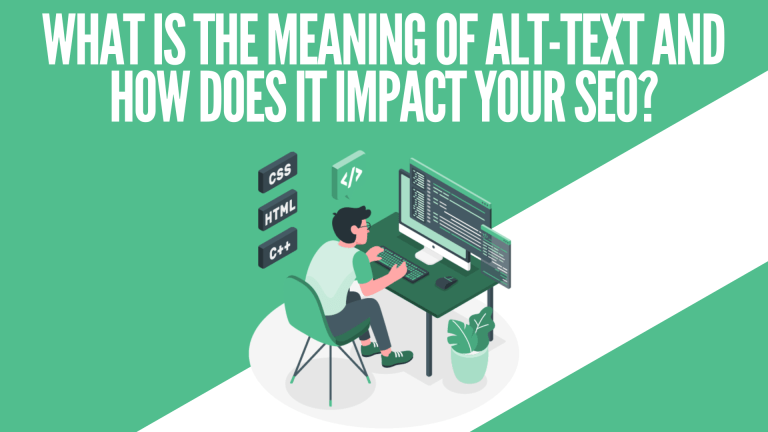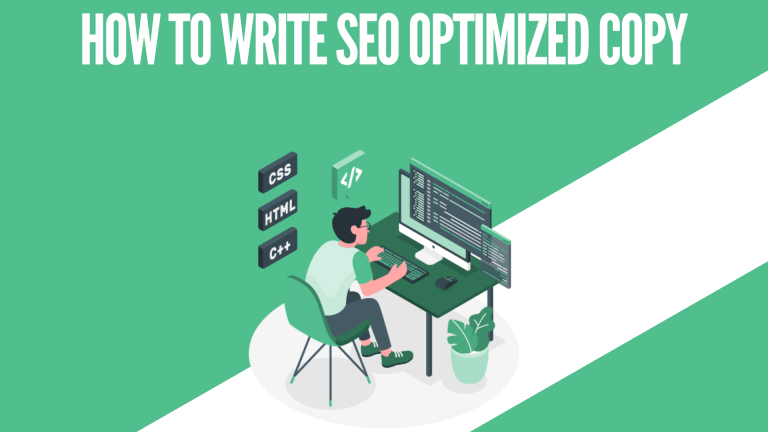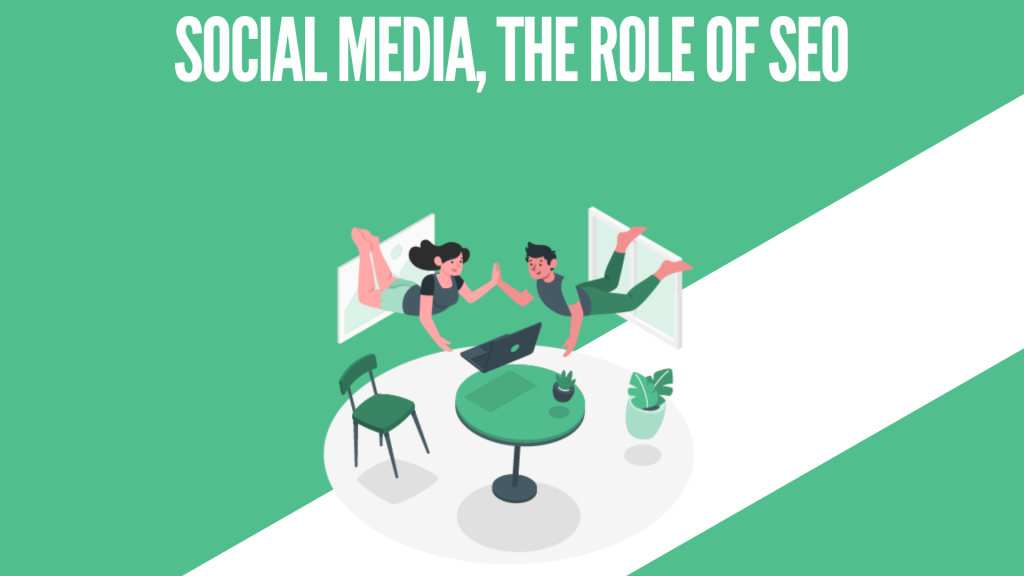
Social Media and SEO: A Symbiotic Relationship for Digital Success
In the ever-evolving realm of digital marketing, the integration of social media and search engine optimization (SEO) has emerged as a dynamic and potent strategy. The convergence of these two pillars offers a unique synergy that can significantly impact your online presence, brand visibility, and audience engagement. In this comprehensive guide, we will explore the intricate relationship between social media and SEO, unveiling the ways in which they collaborate to foster digital success.
Introduction: The Fusion of Social Media and SEO
In the age of digital interconnectedness, businesses and individuals are vying for attention and relevance in the vast expanse of the online world. Social media platforms serve as hubs for real-time interaction, while SEO endeavors to enhance a brand's discoverability in search engine results. The intersection of these strategies forms a powerful alliance that can revolutionize your digital journey.
Why Post at Specific Times on Social Media?
Before delving into the symbiotic relationship between social media and SEO, it's crucial to understand the rationale behind posting at specific times on platforms such as Twitter, Facebook, and Instagram. The timing of your posts can significantly influence engagement rates, audience reach, and the overall effectiveness of your digital efforts.
What is The Best Time to Post on Social Media?
Determining the optimal posting times on social media requires a nuanced approach that takes into account various factors. Let's first explore the general guidelines before delving into a day-by-day breakdown of prime posting times.
General Times:
Extensive research has revealed that certain timeframes are more conducive to higher engagement on various social media platforms. Mornings, typically between 8:00 AM to 10:00 AM, and evenings, spanning from 6:00 PM to 9:00 PM, tend to witness a surge in user activity as individuals check their feeds during commutes and leisure hours.
Day-by-day Breakdown:
- Monday: Capture the attention of your audience during their morning routines and evening wind-down. Optimal posting times are between 8-10 AM and 6-9 PM.
- Tuesday: Similar to Monday, aim for engagement during the 8-10 AM and 6-9 PM time slots.
- Wednesday: Midweek engagement remains strong, aligning with 8-10 AM and 6-9 PM posting times.
- Thursday: Sustain your momentum with posts during 8-10 AM and 6-9 PM.
- Friday: Leverage pre-weekend excitement by posting between 8-10 AM and 6-9 PM.
- Saturday: Afternoon engagement, around 1-3 PM, and evening interactions from 7-9 PM, often yield optimal results.
- Sunday: Users are active during late morning (9-11 AM) and early evening (5-7 PM).
Why is Finding the Right Time Important for Posting on Social Media?
In the competitive landscape of social media, timing can make or break your engagement efforts. Posting at the right times enhances the visibility of your content, leading to increased interactions, higher reach, and better chances of achieving your digital objectives.
Determining Your Personalized Best Times to Post On Social Media
Tailoring your posting times to align with your audience's behavior requires a deep understanding of several key factors. Consider the following elements to refine your strategy:
Time of Day:
Analyze when your target audience is most active online. Tailor your posting schedule to match their online behavior and preferences.
Social Media Engagement Goals:
Different businesses have distinct objectives for their social media presence. Whether you're aiming for likes, retweets, shares, or click-throughs, adapt your posting times to achieve those goals.
Country and Location Considerations:
If your audience spans multiple time zones, coordinate your posting times to ensure that users from different regions have the opportunity to engage.
Types of Content Shared:
Various content formats have different engagement patterns. Consider whether your audience responds better to images, videos, polls, or textual posts.
Target Audience Demographics:
Age, profession, and interests play a role in determining when your audience is most likely to be active on social media.
Tone of Voice:
The personality and tone of your brand can influence the best times to post. For instance, a brand with a humorous tone might find evening posts more effective.
Competitive Analysis:
Research your competitors' posting times to identify gaps where you can capture your audience's attention more effectively.
Industry-Based Best Time to Post On Social Media
The optimal posting times can vary based on your industry and target audience. Consider these examples:
Medical:
Share health-related content during mornings and early afternoons to target professionals and individuals seeking medical information.
Tourism:
Leverage evenings and weekends to capture the attention of travelers who are planning their next adventure.
Technology:
Focus on weekdays, particularly during lunch breaks and post-work hours, to engage tech enthusiasts who are more active during those times.
Never Post On Social Media Without Monitoring
While having a set posting schedule is important, it's equally crucial to remain flexible and responsive to real-time events. Avoid posting during:
Political Crisis:
During sensitive political moments, pause promotional posts to show respect and empathy.
Special Days and Weeks:
National or international events might shift the focus of social media conversations, making some topics inappropriate or irrelevant for posting.
Which Tools Can Help Determine the Best Time to Post?
Leverage a range of tools to identify the optimal posting times for your audience:
Social Media Analytics:
Platform-specific analytics provide insights into your audience's online behavior and engagement patterns.
Google Analytics:
Align web traffic patterns with social media engagement to identify overlap and opportunities.
Google Trends:
Stay informed about trending topics that could influence your content and posting times.
Followerwonk:
Analyze your followers' activity patterns to identify the most active times.
Social Media Management Tools:
Platforms like TweetDeck, Buffer, and Hootsuite allow you to schedule posts at optimal times.
How Does the Social Media Algorithm Impact Visibility?
Social media algorithms prioritize content based on engagement metrics, relevance, and timeliness. Higher engagement signals quality content, resulting in increased visibility to a broader audience.
Best Tips for Enhancing Your Social Media Strategy
Elevate your social media presence with these actionable tips:
Quality Content is Crucial:
Create unique and valuable content, including videos, images, and engaging text, to capture and retain your audience's attention.
Avoid Repetition:
Maintain a diverse content mix to keep your feed fresh and interesting for your followers.
Incorporate Relevant Hashtags and Keywords:
Enhance discoverability by including appropriate hashtags and keywords that align with your content.
Prioritize Your Audience:
Design your content strategy to resonate with your audience's preferences, needs, and pain points.
Establish a Regular Posting Schedule:
Consistency is key. Develop a posting schedule and stick to it to keep your audience engaged.
Crafting Your Custom Social Media Strategy
While the focus of this guide is on Twitter, don't overlook other major social media platforms. Tailor your strategies for:
Facebook:
Focus on after-work hours and weekends to optimize engagement.
Instagram:
Leverage lunch breaks and evenings, with peak activity on weekdays.
YouTube:
Aim for weekends and afternoons for the best engagement with video content.
LinkedIn:
Post during professionals' browsing hours—weekday mornings and early afternoons—for maximum reach.
Frequently Asked Questions (FAQs)
Q1: Can I achieve engagement by posting on social media at any time?
A1: While you can post on social media at any time, achieving optimal engagement requires careful consideration of your target audience's active hours and behaviors. Posting during peak times can significantly enhance your chances of reaching and engaging your audience effectively.
Q2: How can I determine my target audience's peak activity times on weekends?
A2: Analyzing your social media analytics data is crucial. Look for patterns in engagement and activity during weekends. Consider the demographics of your audience and their likely schedules to identify the best posting times.
Q3: Do the recommended posting times apply universally across different time zones?
A3: While the recommended posting times provide general guidelines, adapting them to different time zones is essential for a global audience. Use social media analytics tools to understand when your audience is most active in different regions.
Q4: Is there an ideal number of hashtags to include in a social media post?
A4: The number of hashtags you use can vary based on the platform and your content. On Twitter, a few relevant hashtags can suffice, while Instagram allows for more. Focus on quality and relevance rather than quantity.
Q5: Should I synchronize my content posting across all social media platforms simultaneously?
A5: While cross-promotion is valuable, each platform has its unique audience behaviors and peak activity times. Tailoring your posting schedule to each platform's optimal times can enhance engagement and reach.
Conclusion: A Holistic Approach to Digital Success
The integration of social media and SEO is not merely a trend but a strategic imperative in the digital landscape. By leveraging the symbiotic relationship between these two powerful strategies, you can enhance your online presence, engage your audience effectively, and position your brand for sustained success. As you embark on this dynamic journey, remember that the marriage of social media and SEO isn't just about visibility—it's about creating meaningful connections and fostering interactions that resonate with your audience in the digital age. Through careful planning, adaptability, and a commitment to providing value, you can harness the potential of this symbiotic relationship to drive your digital endeavors to unprecedented heights.

